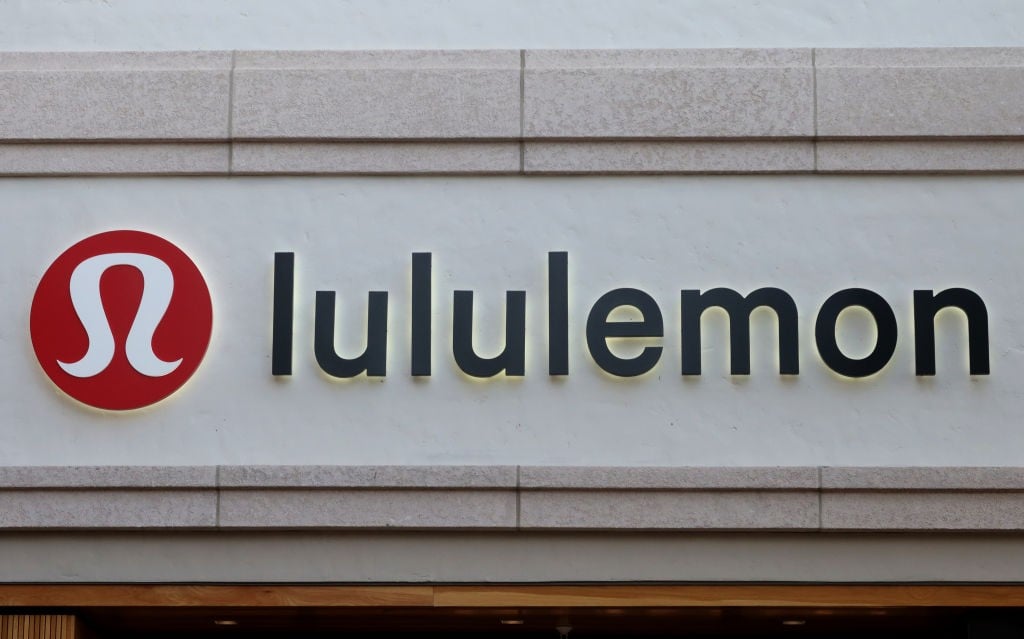It is no secret that formerly high-flying shares of Lululemon Athletica (LULU +9.49%) have been struggling for nearly two years now, culminating in its slump to a five-year low in mid-September.
Although the athleisure apparel company has since enjoyed a 13% bounce over the past five weeks, its 53% year-to-date decline has not only placed it at the bottom of the Consumer Discretionary Select Sector SPDR Fund but also near the very bottom of the S&P 500 too.
Notably, German powerhouse Adidas (ADDYY +1.98%) has gone the other direction by steadily digging itself out of a three-year trough and reasserting its market cap lead over Lululemon along the way. As of the Oct. 28 market close, Lululemon was valued at about $21 billion versus $38 billion for Adidas.
However, I believe the two companies will reverse their positions again over the next five years with Lululemon retaking the lead through a combination of steady sales and earnings growth, which will also be rewarded with multiple expansion. Mind you, as recently as the start of 2024, Lululemon was about twice as large as Adidas, so such a result is far from unprecedented.

Image source: Getty Images.
Lululemon's comeback
The Vancouver-based maker of yoga pants and performance gear is working to restore its former glory, and management is set to update investors on its turnaround strategy when it reports Q3 results in early December.

NASDAQ: LULU
Key Data Points
The heart of Lululemon's comeback is a three-fold acceleration of new product design, development, and production aimed at boosting assortment and reviving enthusiasm among its legion of loyal customers. Specifically, CEO Calvin McDonald said on the Sept. 4 earnings call that the revamp will "increase new styles as a percentage of our overall assortment from the current 23% to approximately 35% next spring."
Management has been clear in its disappointment with the underperformance and sluggish sales in its U.S. business. The company is counting on the quicker product development cycle to reignite demand in its biggest, most important market, while its faster-growing international markets are also playing an increasingly important role.
In fact, total revenues in China -- Lululemon's second largest market -- increased 25% year over year in Q2, while the rest of its international portfolio saw sales rise 19%.
Going forward, Koyfin data shows that analysts estimate Lululemon's full-year revenue will increase from $10.98 billion in fiscal 2025 to $15.62 billion in 2030.
At the same time, analysts expect adjusted earnings per share will rise from $12.99 to $25.65 over the same period. Lululemon currently trades at a forward price-to-earnings (PE) ratio of 14 and price-to-sales ratio of 2 -- both figures are well below their five-year averages.
Where long-term investors should get really interested is the fact that its PE ratio drops to just 7 times fiscal 2030 estimates. These valuation multiples should expand as growth and hype for the brand return, allowing Lululemon to reclaim its lead over rival Adidias.





